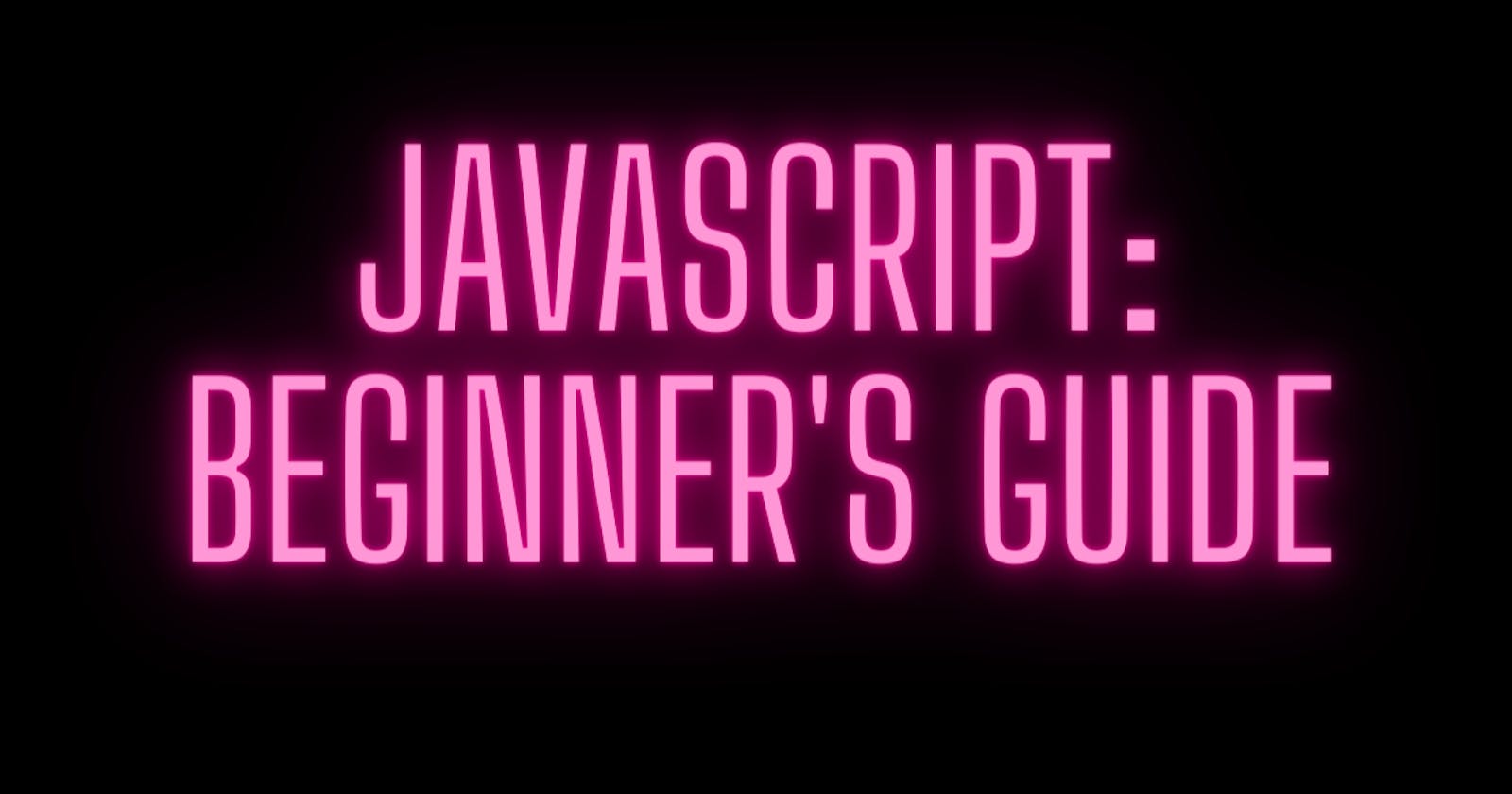Table of contents
No headings in the article.
JavaScript is a high-level, interpreted programming language that plays a critical role in web development. It allows developers to create dynamic, interactive, and engaging user experiences on websites and web applications. With its increasing popularity, it's becoming increasingly important for aspiring web developers to understand the basics of JavaScript. This article serves as a beginner's guide to JavaScript, providing a comprehensive overview of the language, along with code examples to help illustrate the concepts.
At its core, JavaScript is a client-side scripting language that runs in a user's web browser, rather than on a server. This allows for real-time interactions with users and dynamic updates to a website's content without the need for page reloads. It is often used in conjunction with HTML and CSS to create rich, dynamic web pages. HTML provides the structure of a website, CSS styles it, and JavaScript adds interactivity.
To get started with JavaScript, it's essential to understand the basics of variables, data types, functions, and control structures. Variables store data and data types specify the type of data stored in a variable. For instance, the following code declares a variable named name and assigns it a string value:
let name = 'John Doe';
Functions are blocks of code that perform specific tasks and can be called multiple times. The following code defines a function that displays a message on the console:
function displayMessage(message) {
console.log(message);
}
displayMessage('Hello World!');
Control structures allow developers to control the flow of their programs. For instance, the following code uses an if statement to determine if a number is positive or negative:
let number = -10;
if (number >= 0) {
console.log('The number is positive');
} else {
console.log('The number is negative');
}
Once you understand the basics well, you can start learning more advanced JavaScript concepts, such as objects, arrays, and event handling. Objects are used to represent real-world entities in a program, while arrays are used to store collections of data. The following code defines an object that represents a person and an array that stores a list of people:
let person = {
name: 'John Doe',
age: 30,
location: 'New York'
};
let people = [ { name: 'Jane Doe', age: 28, location: 'London' }, { name: 'John Smith', age: 32, location: 'Paris' }];
Event handling is used to handle user interactions, such as clicks, hover effects, and form submissions. The following code listens for a button click and displays a message on the console:
let button = document.querySelector('button');
button.addEventListener('click', function() {
console.log('Button was clicked!');
});
In conclusion, JavaScript is a powerful and versatile programming language that is widely used in web development. Whether you're just starting out or looking to expand your skills, this guide provides a comprehensive overview of JavaScript and its applications in web development.
